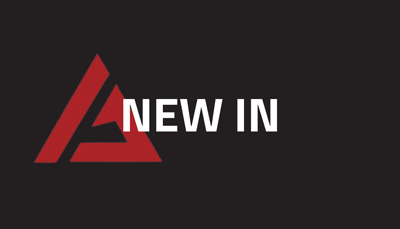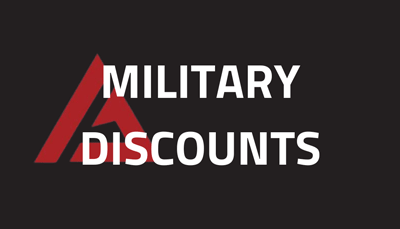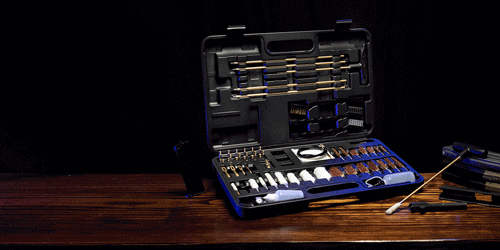There are countless options and variations available on today’s market when it comes to body armor and personal protection gear. It can be difficult for shoppers unfamiliar with plate carriers (or even professionals who are new to certain brands) to make informed decisions about which plate carrier is right for them—which makes this informative buying guide an invaluable resource!
Features and Benefits of a Plate Carrier
A plate carrier is a piece of body armor that protects your chest, shoulders, and upper back. These carriers can be vests or simple carriers with straps. Often, these plates are used in tactical situations where shooters need a quick way to move while still being protected from potential shrapnel or bullets. Although they’re mainly used by military forces, you can also find plate carriers at paintball shops and even competitive gaming events as well as in the fitness industry.
The different types of Plate Carriers
It’s important to get the right plate carrier if you plan on carrying heavyweight and moving quickly, otherwise, you may experience some discomfort or be unable to move effectively with your gear on. The four main types of plate carriers are:
· Slick
Slick carriers are for those who don’t want to attract attention and prefer a low profile. The slick carrier features minimal straps and adjustment points. The plates themselves stay tight to your body, which is generally regarded as more comfortable.
· Minimalist
It’s one step up from the basics. These lightweight carriers are great for those with minimalist load-out requirements and/or who want to be able to move quickly and easily while still having adequate protection.
· Medium
Intermediates and medium plate carriers, or IPCs for short, tend to feature more modularity than slick and minimalist carriers but provide less padding than full-on heavy plates. They are the most preferred plate carriers.
· Heavy
Heavy-duty body armor is typically reserved for law enforcement and military personnel. Like their lighter counterparts, heavy carriers are capable of stopping most handgun rounds. But where they differ is that their extra layers provide more protection against rifle rounds and shrapnel from explosions.
Buying Guide to the Right Plate Carrier
When buying this tactical gear, keep the following factors in mind to ensure that you get the right plate carrier and equip yourself with the proper amount of protection to make the most out of your carrier.
Material
If you plan on wearing a plate carrier regularly, it’s a good idea to invest in something that will be durable and won’t deteriorate after just a few wears. Polyester is lightweight, breathable, and moisture-wicking while nylon is strong but can make for hot environments. On the other hand, Kevlar allows for airflow while keeping you protected.
Weight
Another consideration when purchasing a plate carrier is how heavy it will feel once it’s loaded up with the gear. A plate carrier that is too heavy will slow you down, and one that is too light will not offer enough protection. When picking out a plate carrier, balance protection with comfort and speed.
Plates
The most common materials used for body armor plates are polyethylene, steel, Kevlar, and ceramic. Each material is certified for specific calibers of ammunition and is known to stop projectiles. However, there are pros and cons to each type so buy accordingly.
Protection Level
Select a plate carrier that provides enough protection for you. If you’re using it for training purposes, then look for something with light padding, but if it will be worn in combat, then protection should be paramount.
Capacity for attachments
For many, it’s an important consideration that how much their vest can hold. In some ways, that’s important – if you get in a firefight and lose your magazine, you need another one quickly. However, if you try to fit all the equipment onto the plate carrier it might get heavy and restrict your movement.
Fit for a fight
A good plate carrier is made for a fight, meaning it has protection for every part of your body and it’s flexible enough to allow you to bend and twist. Ensure that your carrier is comfortable when moving around. Also, make sure that it feels sturdy on your back.
Frequently Asked Questions
WHAT IS THE DIFFERENCE BETWEEN A PLATE CARRIER AND A BULLETPROOF VEST?
A plate carrier and a bulletproof vest are different in many ways. Where a bulletproof vest only covers your torso, a plate carrier can also include pouches for ammunition, pistols, knives, and much more. A plate carrier can have anywhere from one to ten columns of MOLLE straps for attaching pouches and accessories. If you’re looking for simple protection against gunfire, then a bulletproof vest will suffice.
WHAT SIZE PLATE CARRIER DO I NEED?
Any good plate carrier should fit your torso snugly, but not uncomfortably. Check that there’s a minimum of one inch between your neck and chest plate when buckled. If you plan on wearing body armor over top, or if you’re a larger individual, it’s best to opt for one of these XXL options so as not to squeeze yourself out later on.
HOW DO I TAKE PLATES IN AND OUT OF A PLATE CARRIER?
Generally, plate carriers will be designed with two pockets for armor plates. One ballistic plate goes in the front and one at the back which also helps distribute the plates’ weight evenly across your body. The plate carrier pockets are open at the bottom side. Most plate carriers use Velcro around their perimeter for added strength and security. You just open the pocket, slide the right plate-size, with a trauma pad behind it and secure it tightly with Velcro.
HOW DO I MAINTAIN A PLATE CARRIER?
A well-maintained plate carrier will last longer while keeping the funky odor away. If you’re wearing your plate carrier every day, you’ll probably want to clean it up now and then. Washing it with warm water and a mild detergent is best, but if you’re dealing with severe dirt or grime (like after a particularly long-range session), soaking it in a bathtub full of soapy water can work well.
Best Plate Carrier- Top Pick

Keeping in view its great features, we recommend going with Gloryfire Plate Carrier because it is built for active-duty personnel. It has a great capacity for pouches and plates and has a MOLLE system that allows you to attach just about anything to it. Its ergonomic design makes it comfortable to wear during long missions as well as has an adjustable length waistband for added comfort.
Key Features
- Features MOLLE system design and sturdy webbing for effortless equipment attachment
- Comes with a rapid-release connector at the waist and shoulder for quick pulling on and taking off
- Adjustable shoulder strap and removable cummerbund suitable for various heights
- Fluid-free special coating to prevent it from getting dirty easily
- High-quality carrier with a 1-year warranty
Pros
- Adjustable and fits well for different builds
- Lots of storage space for attachments
- Lightweight but durable
- High-quality construction
- Efficiently used for weight training and outdoor activities
Cons
- Some people can find it a bit expensive but with all the great features it is worth every penny
Past Topic:
1. Tactical Vest vs. Plate Carrier vs. Bulletproof Vest- Which one is best for you?
2. Is a Tactical Vest the Same as a Plate Carrier?





